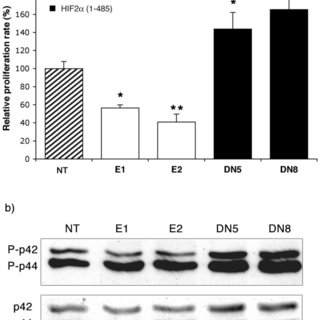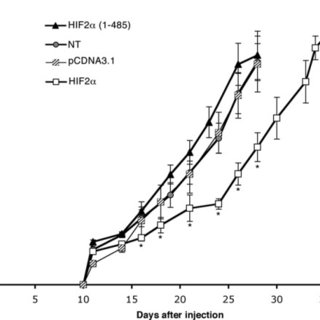March 2008
·
229 Reads
·
26 Citations
Journal of Leukocyte Biology
Recently identified, angiopoietin-1 (Ang1) and -2 (Ang2) bind to the tyrosine kinase receptor Tie2 and contribute to orchestrate blood vessel formation during angiogenesis. Ang1 mediates vessel maturation and integrity by favoring the recruitment of pericytes and smooth muscle cells. Ang2, initially identified as a Tie2 antagonist, may under certain circumstances, induce Tie2 phosphorylation and biological activities. As inflammation exists in a mutually dependent association with angiogenesis, we sought to determine if Ang1 and/or Ang2 could modulate proinflammatory activities, namely P-selectin translocation, in bovine aortic endothelial cells (EC) and dissect the mechanisms implicated. P-selectin, an adhesion molecule found in the Weibel-Palade bodies of EC, is translocated rapidly to the cell surface upon EC activation during inflammatory processes. Herein, we report that Ang1 and Ang2 (1 nM) are capable of mediating a rapid Tie2 phosphorylation as well as a rapid and transient endothelial P-selectin translocation maximal within 7.5 min (125% and 100% increase, respectively, over control values). In addition, we demonstrate for the first time that angiopoietin-mediated endothelial P-selectin translocation is calcium-dependent and regulated through phospholipase C-gamma activation.















